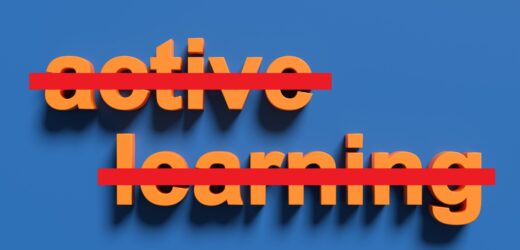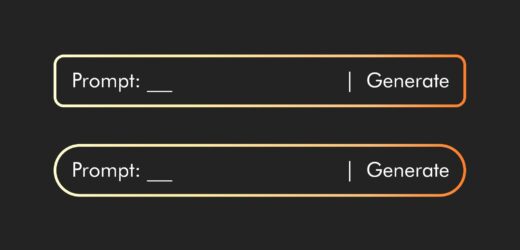New findings about test anxiety are providing a more nuanced understanding of how it affects performance on exams. So far, the response to students overly anxious about exams has been encouragement: “calm down” and “get yourself under control.” That’s been the advice offered by teachers and even noted testing organizations such as ACT. But it’s proven difficult to follow. Researchers now claim that it’s an “overly simplified model of how anxiety affects performance” (Brady et al., 2018, p. 395).
Related Articles
I have two loves: teaching and learning. Although I love them for different reasons, I’ve been passionate about...
Active learning is a mostly meaningless educational buzzword. It’s a feel-good, intuitively popular term that indicates concern for...
Perhaps the earliest introduction a student has with a course is the syllabus as it’s generally the first...
Generative AI allows instructors to create interactive, self-directed review activities for their courses. The beauty of these activities...
I’ve often felt that a teacher’s life is suspended, Janus-like, between past experiences and future hopes; it’s only...
I teach first-year writing at a small liberal arts college, and on the first day of class, I...
Proponents of rubrics champion them as a means of ensuring consistency in grading, not only between students within...









